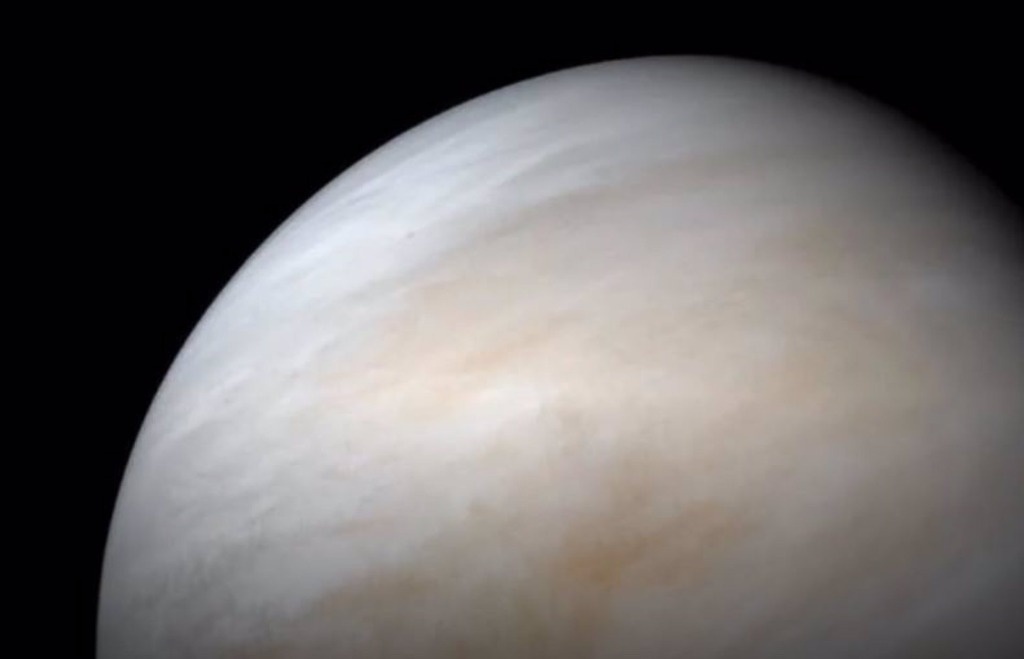Madrid. Scientists at the University of Colorado Boulder have discovered how Venus, Earth’s boiling, uninhabitable neighbor, became so dry.
The results could help explain what happens to water on a large number of planets throughout the galaxy. The work is published in Nature.
The new study fills a big gap in what researchers call the history of water on Venus
. Using computer simulations, the team discovered that hydrogen atoms in the planet’s atmosphere shoot out into space through a process known as dissociative recombination
causing Venus to lose about twice as much water each day compared to previous estimates.
Water is really important for life
recalls Eryn Cangi, researcher at the Laboratory of Atmospheric and Space Physics (LASP) and co-lead author of the article. We need to understand the conditions that support liquid water in the universe and that may have produced the very dry state of Venus today.
.
That planet, he reiterates, is absolutely parched. If you took all the water on Earth and spread it over that body like jam on toast, you would get a liquid layer about three kilometers deep. If you did the same on Venus, where all the water is trapped in the air, you would end up with just three centimeters, barely enough to wet your toes. Venus has 100 thousand times less water than Earth, although basically the same size and mass
said Michael Chaffin, co-lead author of the study and LASP scientist.
In the current study, researchers used computer models to understand Venus as a giant chemistry laboratory, zooming in on the various reactions that occur in the planet’s swirling atmosphere. The group reported that a molecule called HCO+ (an ion formed by an atom of hydrogen, one of carbon and another of oxygen) high in the atmosphere of that planet may be the cause of the escape of the resource.
For Cangi, co-lead author of the research, the findings reveal new clues about why Venus, which probably once seemed almost identical to Earth, is almost unrecognizable today.
We try to discover what small changes occurred on each planet to bring them to these very different states
added Cangi, who earned his PhD in astrophysical and planetary sciences in Boulder in 2023.
Scientists suspect that billions of years ago, during the formation of Venus, the planet received almost as much water as Earth. At some point, catastrophe struck. Clouds of carbon dioxide in the neighboring planet’s atmosphere triggered the most powerful greenhouse effect in the solar system, eventually raising surface temperatures to a scorching 480 degrees Celsius. In the process, the entire resource evaporated and most of it went into space.
But that ancient evaporation can’t explain why it’s as dry as it is now, or how it continues to lose water to space.
Chaffin and Cangi explained that in the upper atmospheres of the planets, water mixes with carbon dioxide to form this molecule. In previous work, researchers reported that HCO+ may be causing Mars to lose much of its water.
Here’s how it works on Venus: HCO+ is constantly produced in the atmosphere, but individual ions don’t survive long. Electrons in the atmosphere find them and recombine to split them in two. In the process, hydrogen atoms drift away and may even escape into space entirely, robbing Venus of one of the two components of water.
In the new study, the group estimated that the only way to explain Venus’ dry state was if the planet harbored larger-than-expected volumes of HCO+ in its atmosphere.
#approach #explains #Venus #lost #water
– 2024-05-07 22:09:41
